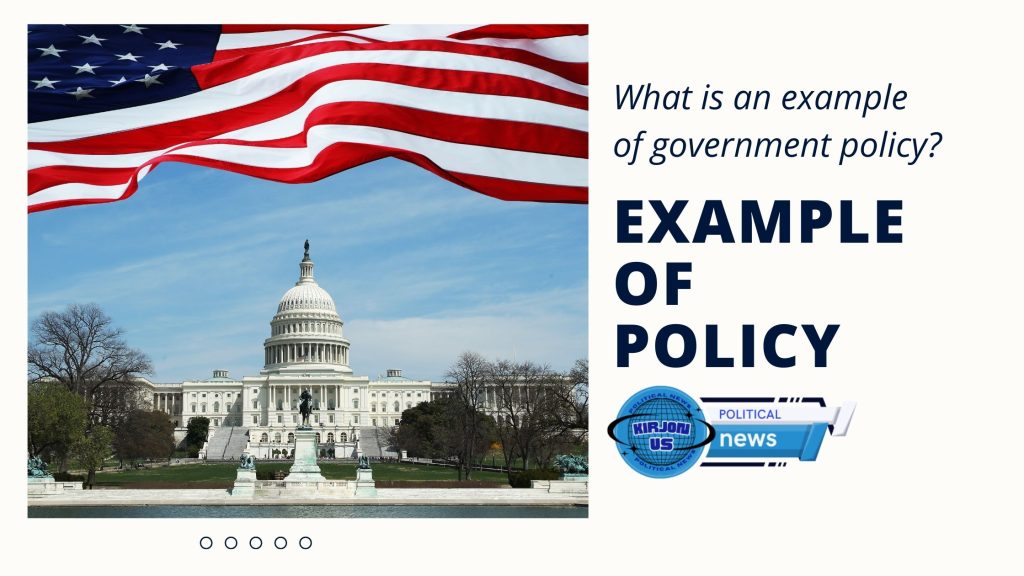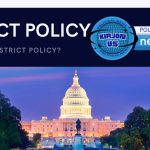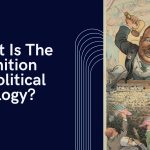Government policies are the backbone of a nation’s governance framework, providing a roadmap for decision-making and action. These policies encompass a wide range of regulations, laws, and strategies devised by governmental bodies to steer the country towards specific goals and address societal needs. From economic stability to social welfare and environmental sustainability, government policies play a pivotal role in shaping the overall trajectory of a nation’s development.
In essence, government policies serve as the guiding principles that influence various aspects of public and private life. Whether it’s fostering economic growth, ensuring access to healthcare and education, or protecting the environment, policies formulated by the government have far-reaching implications for individuals, businesses, and communities alike.
As we explore the concept of government policy further, it becomes evident that understanding its significance is crucial for every citizen. By gaining insights into the nature of government policies, their implementation, and their impact, individuals can actively participate in the democratic process, hold policymakers accountable, and contribute to shaping a better future for society as a whole.
Definition of Government Policy

Government policy refers to a set of principles, guidelines, and actions formulated and implemented by governmental authorities to achieve specific objectives and address societal challenges. These policies serve as the foundation for governance, providing a framework for decision-making and resource allocation across various sectors of the economy and society.
What Constitutes a Government Policy
Government policies encompass a wide range of areas, including but not limited to:
- Legislation and Regulations: Laws and regulations enacted by government bodies to govern behavior, ensure compliance, and maintain order within society.
- Strategic Plans: Long-term plans and strategies developed by governments to achieve overarching goals such as economic growth, social development, and environmental sustainability.
- Budgetary Allocations: Allocation of financial resources through government budgets to fund programs, projects, and services in alignment with policy priorities.
- Programs and Initiatives: Specific programs, initiatives, and interventions designed to address pressing issues and meet the needs of citizens in areas such as healthcare, education, housing, and infrastructure.
- International Agreements: Treaties, agreements, and commitments made by governments at the international level to address global challenges, promote cooperation, and uphold shared values.
Types of Government Policies
Government policies can be categorized into several types based on their objectives, scope, and focus areas. Some common types of government policies include:
- Economic Policies: Policies aimed at regulating economic activities, promoting growth, stabilizing financial markets, and ensuring macroeconomic stability. Examples include fiscal policies, monetary policies, and trade policies.
- Social Policies: Policies designed to address social issues, promote equity, and enhance the well-being of citizens. This includes policies related to healthcare, education, social security, poverty alleviation, and employment.
- Environmental Policies: Policies aimed at protecting the environment, conserving natural resources, mitigating pollution, and addressing climate change. This includes policies related to emissions reduction, renewable energy, biodiversity conservation, and sustainable land use.
- Foreign Policies: Policies governing a country’s relations with other nations, including diplomatic, political, economic, and security-related aspects.
- Security and Defense Policies: Policies aimed at ensuring national security, protecting borders, combating terrorism, and maintaining peace and stability.
Government policies are dynamic and evolve over time in response to changing circumstances, priorities, and public needs. Effective policy formulation and implementation require careful planning, stakeholder engagement, and ongoing evaluation to ensure that they remain relevant and achieve their intended outcomes.
Examples of Government Policies
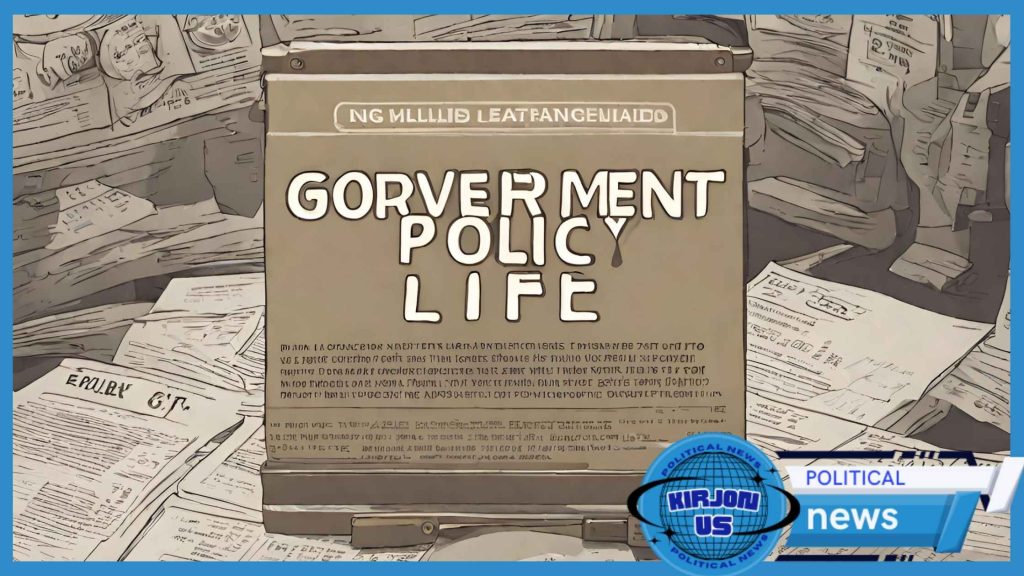
Government policies encompass a broad spectrum of areas, each aimed at addressing specific societal needs and challenges. Here, we explore examples of government policies across various domains, highlighting their significance and impact on individuals, businesses, and communities.
Economic Policies
Economic policies are fundamental to shaping the overall health and growth of a nation’s economy. They encompass strategies and measures adopted by governments to regulate economic activities, promote stability, and stimulate growth.
Fiscal Policies
Fiscal policies involve the use of government spending and taxation to influence economic conditions. Examples include:
- Taxation Policies: Setting tax rates, exemptions, and incentives to generate revenue, redistribute wealth, and stimulate investment.
- Government Spending: Allocating funds for infrastructure development, social programs, and public services to boost economic activity and address societal needs.
Monetary Policies
Monetary policies focus on regulating the supply of money and credit in the economy to control inflation, stabilize currency values, and promote employment. Examples include:
- Interest Rate Policies: Adjusting interest rates to influence borrowing, spending, and investment behavior among businesses and consumers.
- Money Supply Management: Controlling the money supply through open market operations, reserve requirements, and discount rates to achieve monetary policy objectives.
Social Policies
Social policies aim to improve the well-being and quality of life of citizens by addressing social inequalities, providing essential services, and ensuring access to basic rights.
Healthcare Policies
Healthcare policies focus on providing affordable and accessible healthcare services to all citizens. Examples include:
- Universal Healthcare: Implementing systems of universal healthcare coverage to ensure that all individuals have access to essential medical services regardless of their financial status.
- Public Health Initiatives: Launching public health campaigns, vaccination programs, and disease prevention efforts to improve overall population health and combat epidemics.
Education Policies
Education policies aim to promote educational attainment, enhance learning outcomes, and equip individuals with the skills needed for personal and professional success. Examples include:
- Education Funding: Allocating resources for schools, teachers, and educational programs to ensure equitable access to quality education for all students.
- Curriculum Development: Designing curriculum standards, learning objectives, and educational assessments to meet the diverse needs of students and prepare them for future challenges.
Environmental Policies
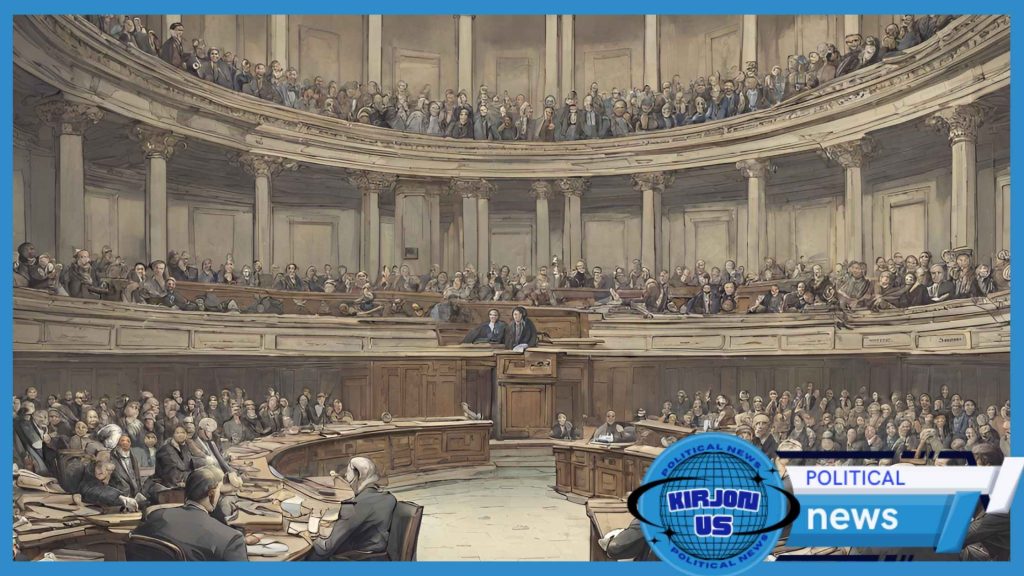
Environmental policies are crucial for safeguarding natural resources, protecting ecosystems, and mitigating the impact of human activities on the environment.
Climate Change Policies
Climate change policies focus on reducing greenhouse gas emissions, promoting renewable energy sources, and adapting to the effects of climate change. Examples include:
- Carbon Pricing: Implementing carbon taxes or cap-and-trade systems to incentivize businesses and individuals to reduce their carbon footprint.
- Renewable Energy Incentives: Providing subsidies, tax credits, and grants to encourage investment in renewable energy technologies such as solar, wind, and hydroelectric power.
Conservation Policies
Conservation policies aim to preserve biodiversity, protect endangered species, and maintain ecological balance. Examples include:
- Protected Areas: Establishing national parks, wildlife reserves, and marine sanctuaries to conserve natural habitats and ecosystems.
- Environmental Regulations: Enforcing laws and regulations to prevent pollution, regulate resource extraction, and promote sustainable land use practices.
Government policies play a crucial role in shaping the socio-economic and environmental landscape of a nation. By addressing key issues, fostering development, and promoting sustainability, these policies contribute to the overall well-being and prosperity of society. However, their effectiveness depends on factors such as implementation, enforcement, and stakeholder collaboration, highlighting the importance of robust governance frameworks and citizen engagement in the policymaking process.
Impact of Government Policies

Government policies have far-reaching implications that extend beyond the realms of economics, society, and the environment. The implementation of these policies can significantly influence various aspects of individual lives, business operations, and community well-being. Here, we delve into the multifaceted impacts of government policies across different domains.
Economic Impact
Government policies exert a profound influence on the overall performance and stability of the economy. Key economic impacts include:
Employment and Labor Markets
- Employment Opportunities: Policies such as fiscal stimulus packages and job creation initiatives can stimulate economic activity and lead to increased employment opportunities.
- Labor Market Dynamics: Minimum wage laws, labor regulations, and workforce development programs shape the labor market landscape, affecting wages, working conditions, and employment trends.
Business Environment
- Regulatory Framework: Government regulations impact business operations, market competition, and industry standards, influencing factors such as licensing, taxation, and trade policies.
- Investment Climate: Policies promoting investment incentives, infrastructure development, and trade liberalization can attract foreign investment and stimulate domestic entrepreneurship.
Income Distribution
- Wealth Redistribution: Taxation policies, social welfare programs, and income support initiatives play a role in redistributing wealth and reducing income inequality within society.
- Poverty Alleviation: Social assistance programs such as welfare benefits, food assistance, and housing subsidies aim to alleviate poverty and improve the living standards of vulnerable populations.
Social Impact
Government policies shape the social fabric of society, impacting access to essential services, social cohesion, and quality of life for individuals and communities. Key social impacts include:
Health and Education
- Access to Healthcare: Universal healthcare policies ensure equitable access to medical services, preventive care, and treatment for all citizens, contributing to improved health outcomes and well-being.
- Educational Equity: Education policies aim to reduce disparities in educational attainment by providing equal opportunities for learning, addressing socio-economic barriers, and promoting inclusivity in the education system.
Social Services
- Social Safety Nets: Government-funded social programs such as unemployment benefits, disability assistance, and pension schemes provide a safety net for individuals facing financial hardship or life transitions.
- Family Support: Policies supporting childcare, parental leave, and family-friendly workplaces help balance work and family responsibilities, promoting family stability and well-being.
Environmental Impact
Government policies play a critical role in safeguarding natural resources, mitigating environmental degradation, and promoting sustainable development. Key environmental impacts include:
Resource Conservation
- Sustainable Resource Management: Environmental policies regulate resource extraction, land use practices, and waste management to minimize environmental degradation and conserve natural habitats.
- Biodiversity Protection: Conservation measures such as habitat preservation, species protection, and ecosystem restoration efforts help safeguard biodiversity and ecosystem services.
Climate Action
- Carbon Emissions Reduction: Climate change policies aim to reduce greenhouse gas emissions through measures such as carbon pricing, renewable energy incentives, and energy efficiency standards.
- Adaptation and Resilience: Policies addressing climate resilience and adaptation help communities prepare for and respond to the impacts of climate change, such as extreme weather events and sea-level rise.
Government policies have a profound impact on shaping the economic, social, and environmental landscape of a nation. By addressing key challenges, promoting inclusive growth, and fostering sustainability, these policies play a vital role in advancing the well-being and prosperity of society as a whole. However, their effectiveness depends on factors such as implementation, enforcement, and stakeholder collaboration, highlighting the importance of robust governance frameworks and citizen engagement in the policymaking process.
Case Studies
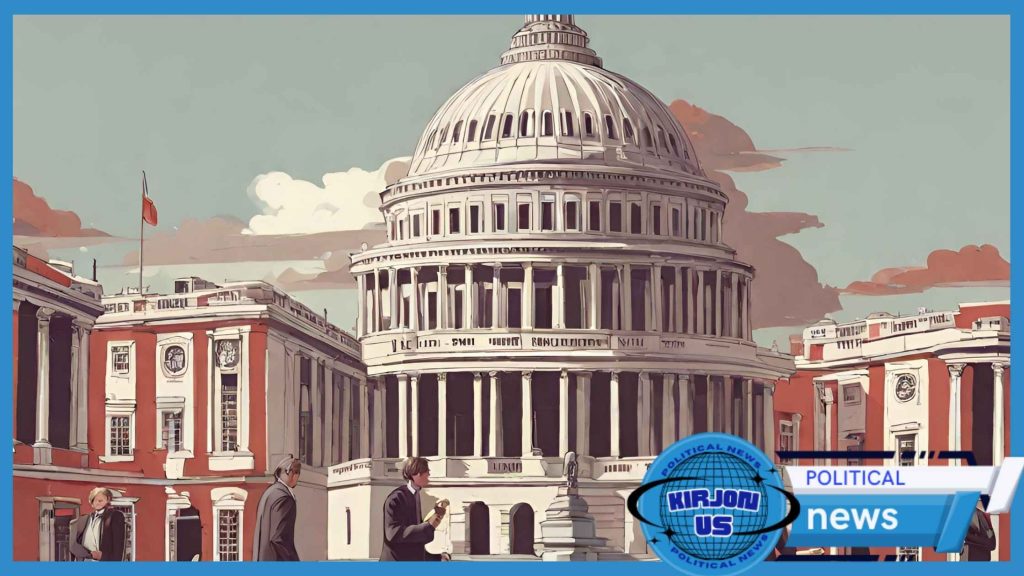
Examining real-world examples of government policies provides valuable insights into their effectiveness, challenges, and outcomes. Here, we explore both successful and unsuccessful case studies across various policy domains, shedding light on lessons learned and best practices.
Successful Government Policies
- South Korea’s Economic Development Policies
- Background: In the mid-20th century, South Korea implemented a series of economic policies focused on export-oriented industrialization and technology-driven growth.
- Key Features: These policies included export incentives, infrastructure development, investment in education and research, and targeted support for strategic industries.
- Outcome: South Korea’s economy experienced rapid transformation, transitioning from a low-income agrarian society to a global economic powerhouse known for its technology and innovation.
- Canada’s Universal Healthcare System
- Background: Canada implemented a universal healthcare system in the 1960s, providing publicly funded healthcare services to all citizens based on need rather than ability to pay.
- Key Features: The system is funded through taxation and administered by provincial governments, ensuring access to essential medical services, including hospital care, physician services, and prescription drugs.
- Outcome: Canada’s healthcare system is widely regarded as a model of universal coverage, promoting equity, accessibility, and affordability of healthcare services for its population.
Failed Government Policies
- Soviet Union’s Agricultural Collectivization
- Background: In the early 20th century, the Soviet Union implemented policies of agricultural collectivization aimed at consolidating small farms into large collective farms under state control.
- Key Features: Collectivization was enforced through coercion, confiscation of land, and forced resettlement of peasants, leading to widespread resistance and opposition.
- Outcome: The policy resulted in agricultural inefficiency, food shortages, famine, and widespread human suffering, undermining the Soviet economy and contributing to social unrest.
- Subprime Mortgage Lending in the United States
- Background: In the early 2000s, lax lending standards and financial deregulation in the United States led to the proliferation of subprime mortgage loans targeted at borrowers with poor credit history.
- Key Features: Financial institutions issued high-risk mortgages with adjustable interest rates and low initial payments, contributing to a housing bubble and financial speculation.
- Outcome: The subprime mortgage crisis of 2007-2008 triggered a global financial meltdown, resulting in widespread foreclosures, bank failures, and economic recession, highlighting the risks of irresponsible lending practices.
By analyzing both successful and failed government policies, policymakers, researchers, and citizens can gain valuable insights into the factors that contribute to policy effectiveness or failure. Learning from past experiences, identifying best practices, and adapting strategies to changing circumstances are essential for informed decision-making and policy innovation in the future.
Challenges in Implementing Government Policies
Despite the noble intentions behind government policies, their successful implementation often faces various challenges that can hinder their effectiveness and impact. Understanding these challenges is crucial for policymakers and stakeholders to devise strategies to overcome obstacles and achieve policy objectives. Here, we explore some common challenges in implementing government policies:
Political Challenges
- Partisan Politics: Political polarization and ideological differences among policymakers can lead to gridlock and hinder consensus-building on policy issues.
- Short-Termism: Politicians may prioritize short-term gains or electoral considerations over long-term policy solutions, leading to inconsistent or unsustainable policies.
- Interest Group Influence: Lobbying efforts by special interest groups and corporate interests can distort policymaking processes and undermine the public interest.
Socio-Economic Challenges
- Resource Constraints: Limited financial resources, budgetary constraints, and competing priorities may restrict the implementation of ambitious policy initiatives.
- Inequality and Marginalization: Socio-economic disparities, discrimination, and marginalization can hinder equitable access to policy benefits and services, exacerbating social divides.
- Resistance to Change: Stakeholder resistance, inertia, and vested interests in maintaining the status quo can impede efforts to reform outdated policies or address systemic challenges.
Administrative Challenges
- Bureaucratic Red Tape: Complex bureaucratic procedures, regulations, and administrative hurdles can delay policy implementation and increase compliance costs.
- Capacity Constraints: Insufficient institutional capacity, expertise, and technical skills within government agencies may limit their ability to effectively implement and monitor policies.
- Coordination and Collaboration: Fragmentation and lack of coordination among government agencies, levels of government, and stakeholders can lead to duplication of efforts and inefficiencies.
Public Engagement Challenges
- Lack of Awareness: Limited public understanding or awareness of policy issues, objectives, and implications can hinder citizen engagement and participation in the policymaking process.
- Communication Gaps: Poor communication strategies or ineffective dissemination of information about policies may lead to misconceptions, mistrust, and public resistance.
- Democratic Deficits: Inadequate mechanisms for public consultation, accountability, and transparency in decision-making processes can erode trust in government institutions and undermine democratic governance.
Addressing these challenges requires a multi-faceted approach involving political leadership, stakeholder collaboration, institutional reforms, and public engagement strategies. By fostering inclusive policymaking processes, enhancing administrative capacity, and promoting transparency and accountability, governments can overcome barriers to effective policy implementation and advance the common good.
Future of Government Policies
As societies evolve and face new challenges, the landscape of government policies continues to evolve. Anticipating future trends and adapting policy frameworks accordingly is essential for addressing emerging issues, seizing opportunities, and promoting sustainable development. Here, we explore potential trajectories and innovations shaping the future of government policies:
Emerging Trends
- Digital Transformation: The proliferation of digital technologies is revolutionizing governance, enabling e-government initiatives, digital service delivery, and data-driven policymaking.
- Globalization: Increasing interconnectedness and interdependence among nations require collaborative approaches to address transnational issues such as climate change, pandemics, and cyber threats.
- Demographic Shifts: Aging populations, urbanization, and migration patterns are reshaping social dynamics, necessitating policies to address healthcare, housing, and social inclusion.
Policy Innovations
- Evidence-Based Policy: Embracing empirical evidence, data analytics, and impact evaluations can enhance the effectiveness and efficiency of policymaking, ensuring that interventions are grounded in research and best practices.
- Participatory Governance: Promoting citizen engagement, deliberative democracy, and co-creation of policies can foster inclusive decision-making processes and enhance the legitimacy and accountability of governments.
- Adaptive Policy Frameworks: Developing flexible, adaptive policy frameworks that can respond to dynamic and uncertain conditions is crucial for addressing complex, interconnected challenges such as climate change, technological disruption, and social inequality.
Challenges and Opportunities
- Policy Coherence: Ensuring coherence and alignment among diverse policy objectives, sectors, and levels of government is essential for avoiding unintended consequences and maximizing synergies.
- Ethical Considerations: Ethical dilemmas arising from emerging technologies, such as artificial intelligence, genetic engineering, and biotechnology, require careful consideration and regulation to mitigate risks and safeguard human rights and values.
- Resilience and Sustainability: Building resilience to shocks, crises, and systemic risks, as well as promoting sustainable development practices, will be critical for ensuring the long-term viability and well-being of societies.
The future of government policies holds both promise and challenges. By embracing innovation, collaboration, and adaptive governance approaches, governments can navigate complexity, foster resilience, and advance the common good in an ever-changing world. As stewards of public trust and resources, policymakers have a responsibility to anticipate future trends, engage stakeholders, and co-create policies that promote inclusive, equitable, and sustainable development for present and future generations.
Importance of Public Involvement
Public involvement is integral to the democratic process and the formulation of effective and responsive government policies. Engaging citizens in decision-making fosters transparency, accountability, and legitimacy, ensuring that policies reflect the needs, preferences, and values of the diverse communities they serve. Here, we explore the significance of public involvement in the policymaking process:
Citizen Engagement
- Democratic Legitimacy: Public participation enhances the legitimacy of government decisions by ensuring that policies are informed by diverse perspectives and reflect the will of the people.
- Empowerment: Involving citizens in policymaking empowers individuals and communities to voice their concerns, advocate for their interests, and contribute to shaping their own futures.
Transparency and Accountability
- Open Government: Transparency in policymaking promotes trust and confidence in government institutions, enabling citizens to access information, monitor decision-making processes, and hold policymakers accountable for their actions.
- Citizen Oversight: Public involvement serves as a check on government power and ensures that policies are implemented in the public interest, free from corruption, favoritism, or undue influence.
Quality of Decision-Making
- Informed Policy Choices: Citizen input provides valuable insights, local knowledge, and lived experiences that can enrich policymaking processes and lead to more informed, effective, and contextually relevant policy decisions.
- Collaborative Problem-Solving: Engaging stakeholders in collaborative decision-making fosters innovative solutions, consensus-building, and collective ownership of policy outcomes, enhancing the likelihood of successful implementation and stakeholder buy-in.
Building Trust and Social Cohesion
- Community Empowerment: Public involvement builds social capital, strengthens community ties, and fosters a sense of ownership and responsibility for shared public goods and resources.
- Conflict Resolution: Inclusive dialogue and deliberation create opportunities for constructive engagement, reconciliation of conflicting interests, and finding common ground on contentious issues, reducing social tensions and polarization.
Public involvement is not only a democratic imperative but also a practical necessity for effective governance. By embracing principles of transparency, accountability, and citizen empowerment, governments can harness the collective wisdom and resources of society to address complex challenges, build resilient communities, and foster a more inclusive and responsive policymaking process. As active participants in civic life, citizens have the power to shape the policies that shape their lives, ensuring that government policies reflect the values, aspirations, and needs of the people they serve.
Conclusion
Government policies are the cornerstone of governance, providing the roadmap for a nation’s development and progress. They encompass a wide range of regulations, laws, and strategies formulated by governmental bodies to address societal needs and achieve specific objectives. Throughout this article, we have explored the diverse nature of government policies, spanning economic, social, and environmental domains.
From fiscal policies that regulate economic activities to social policies that promote well-being and equity, and environmental policies that safeguard natural resources, each policy area plays a crucial role in shaping the overall trajectory of a nation’s development. Moreover, we have examined the impacts of government policies on individuals, businesses, and communities, as well as the challenges in their implementation and the importance of public involvement in the policymaking process.
Looking ahead, the future of government policies is shaped by emerging trends such as digital transformation, globalization, and demographic shifts. By embracing innovation, collaboration, and adaptive governance approaches, governments can navigate complexity, foster resilience, and address the evolving needs of society.
In conclusion, government policies are not static but dynamic instruments that evolve in response to changing circumstances and priorities. By fostering inclusive decision-making, promoting transparency and accountability, and engaging citizens in the policymaking process, governments can ensure that policies reflect the values, aspirations, and needs of the people they serve, thereby advancing the common good and promoting sustainable development.
FAQs (Frequently Asked Questions)
- What role do government policies play in economic development?
Government policies influence economic growth, stability, and equity through measures such as fiscal and monetary policies, trade regulations, and investment incentives. - How do government policies impact social welfare?
Government policies in areas such as healthcare, education, and social security aim to promote access, equity, and well-being for all citizens, addressing social inequalities and improving quality of life. - What are some examples of environmental policies?
Environmental policies include measures to address climate change, protect biodiversity, conserve natural resources, and promote sustainable development practices such as renewable energy and waste management. - What are the challenges in implementing government policies?
Challenges in implementation include political constraints, resource limitations, administrative hurdles, and the need for effective coordination and stakeholder engagement. - Why is public involvement important in the policymaking process?
Public involvement fosters transparency, accountability, and legitimacy in governance, ensuring that policies reflect the diverse needs, preferences, and values of society and promoting citizen empowerment and trust in government institutions.

